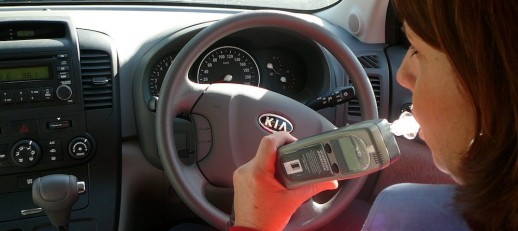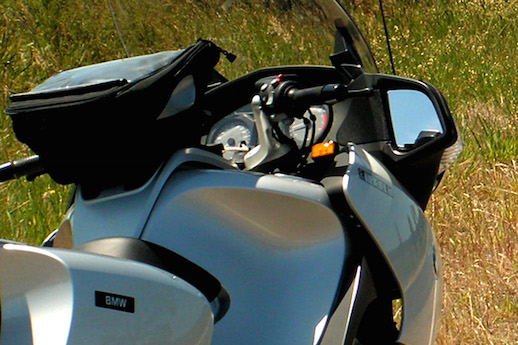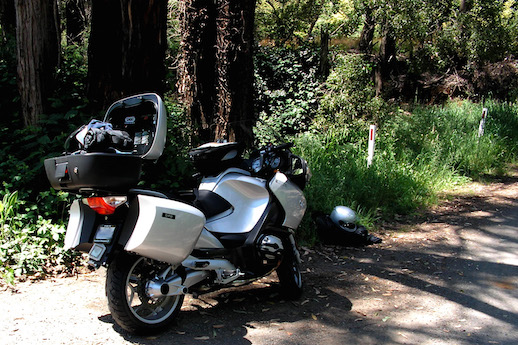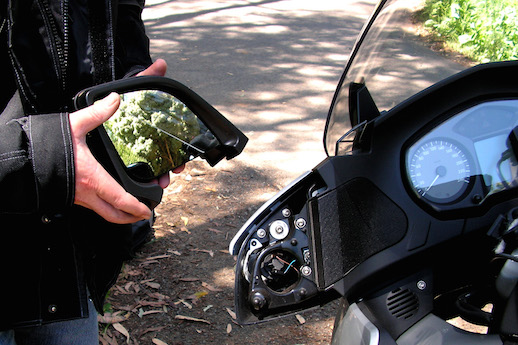Why a bike alcohol lock won’t work

Guardian Interlock
Alcohol interlock devices should not be mandatory on a motorcycle as they won’t operate properly and are a safety hazard, says a rider who had one fitted.
His comments follow the recent suggestion by University of New South Wales Transport and Road Safety Research Centre Professor Raphael Grzebieta that “an alcohol interlock should be mandatory for every motorcycle”.
READ ABOUT THE PROF’S IDEAS HERE
The Prof says the devices are necessary because “we have seen that alcohol and drugs have a huge effect on the ability of a motorcyclist to stay on their motorbike and also to avoid hazards.”
Toxicological reports from the Australian National Coroners Information System have found that 47% of motorcyclists have consumed alcohol and/or drugs prior to a crash.
“From now on any new vehicles that come in should be developed and fitted to these machines.”
However, our rider whose name has been withheld for obvious reasons, has outlined a litany of problems when he had a Guardian WR2 Interlock device fitted to his BMW R 1200 T.
It was supposed to be fitted for two years but he had it removed after four months, choosing to run the risk of further charges, rather than face the dangers of the device.
HOW AN INTERLOCK WORKS
The Guardian WR2 Interlock device was hard-wired to the bike – in this case the top-box – and an amber flashing unit fitted to the dash to advise when to pull over for a retest.

Alarm light on dashboard
The rider then has to blow into the device and hum after the first three seconds of blowing.
Our rider says it was a finicky device with a complex procedure that was difficult to get right every time.
The first retest occurs 5-15 minutes after starting the bike and subsequent retests between 15 and 60 minutes.
The retest must be conducted with the vehicle stopped and the engine running, otherwise an alarm sounds and the hazard lights flash.
If another breath test doesn’t work, the bike has to be taken to the service provider within five days to be reset, otherwise it goes into “PERMANENT LOCKOUT” mode.
THE PROBLEMS
He says the need to hum may work in a car with its windows wound up, but on a bike with a lot of ambient noise and interference from power lines and telecommunications towers, it was difficult to get right.
Our rider says the unit also drew a lot of power from the battery which would go flat if the bike was not used for a couple of days.
Using a booster to jumpstart results in a “Tamper Fault” on the device requiring an expensive reset by the service provider.
THE DANGERS
He says the unit left him stranded at the side of busy roads, forced him to pull over in dangerous places, caused his bike to topple over on unsuitable road shoulders damaging his bike and almost resulted in a car hitting his stationary bike.
Nowhere safe to pull over
Broken mirror after the bike toppled over
He says most of the issues he encountered would not affect the driver of a car.
THE VERDICT
Our rider says that after he had the interlock disconnected for his and his pillion’s safety, he was pulled over for speeding on three occasions by Victorian Highway Patrol.
“Each time the condition was picked up by Mr Plod, each time I relayed my story of why I it was no longer fitted and each time the Highway Patrol Officer agreed that it was stupid to have it fitted and were prepared to overlook my breach of condition,” he says.
“On two of those three occasions they even overlooked the speeding offence too. I put that down to the unwritten ‘Attitude Test’ of being polite and courteous and don’t try to bullshit them.”
Source: motorbikewriter.com


